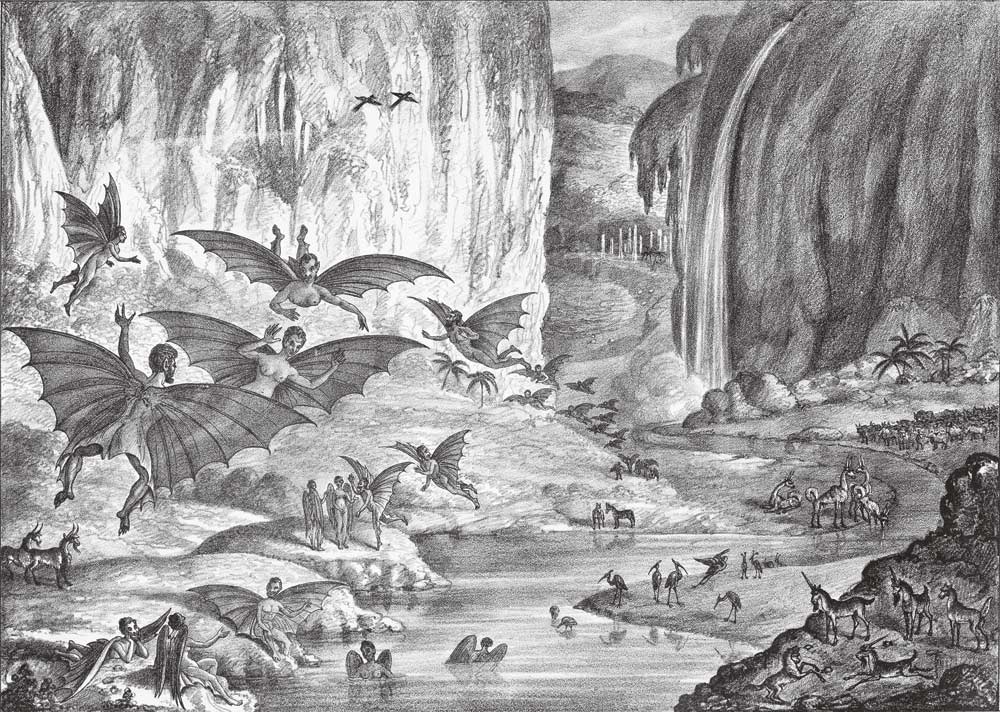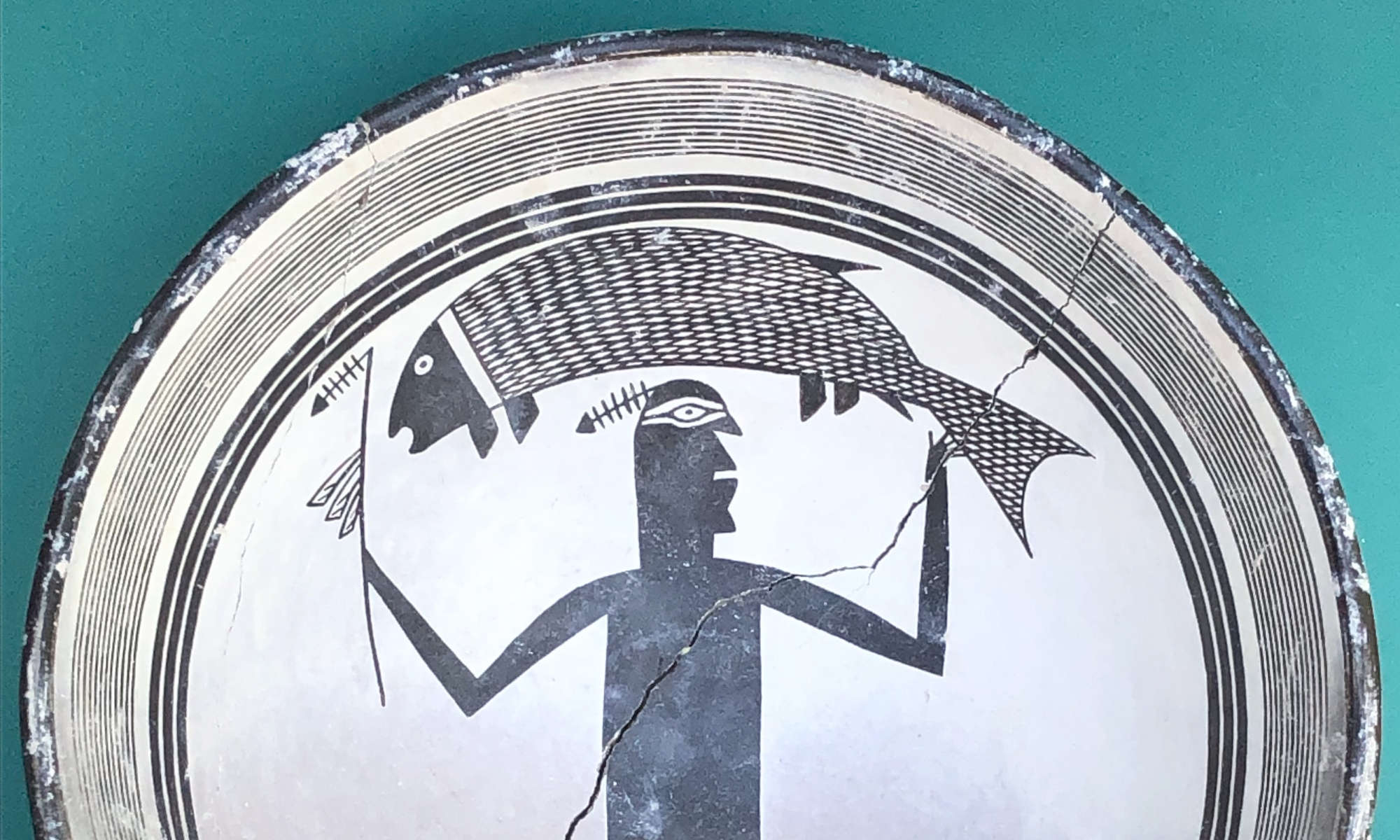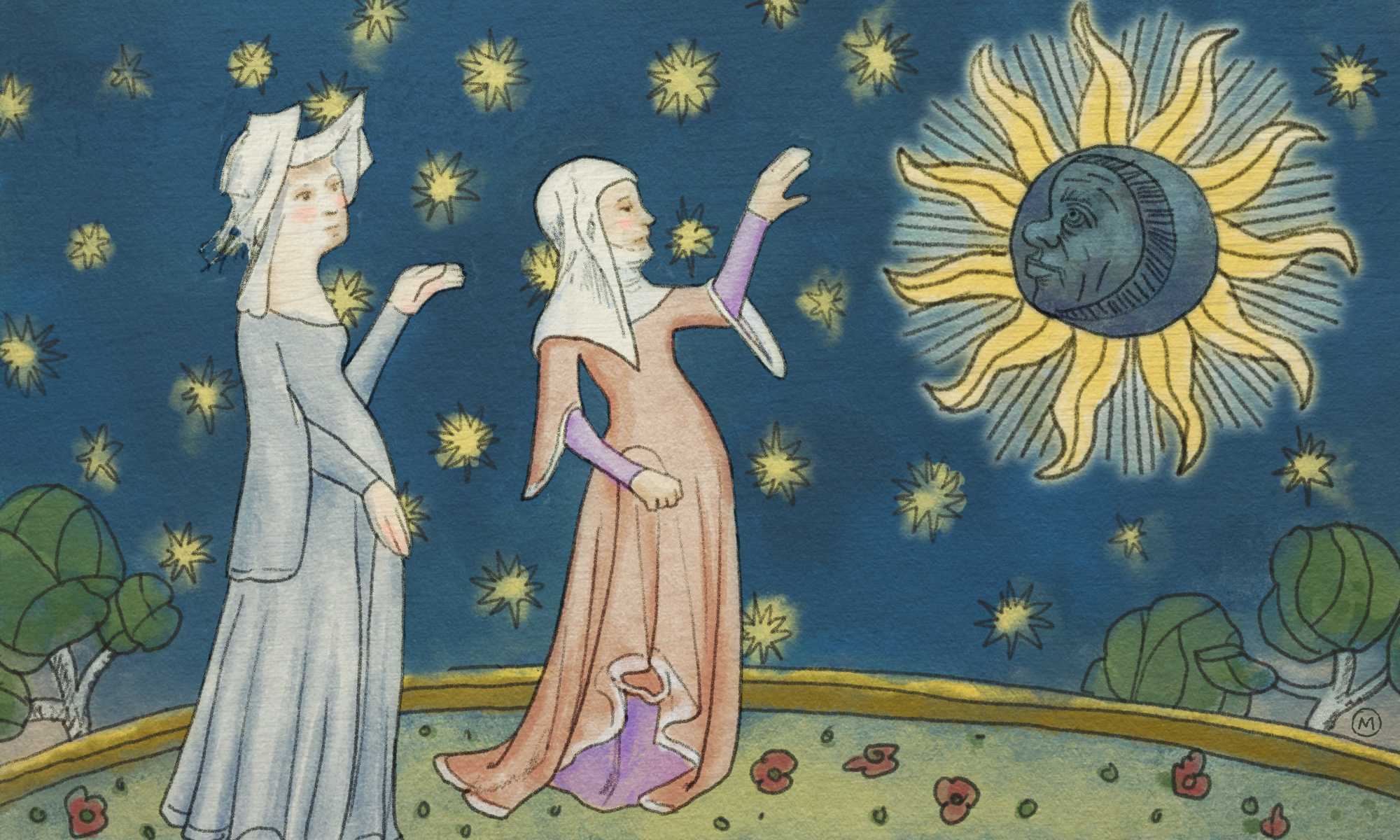
Art historian Joan Saab examines the relationship between seeing and believing.
By Kathleen McGarvey
“I saw it with my own eyes.”
The Nazerian Humanities Lectures
Joan Saab was selected to discuss her research on hoaxes as the inaugural presenter in the Hagop and Artemis Nazerian Humanities Lectures at the Humanities Center this spring. Established by University Trustee Ani Gabrellian ’84 and her husband, Mark Gabrellian ’79, in tribute to her parents, the lectures will be given annually by a member of the Rochester faculty and will rotate at least once every four years between Rochester and New York City. The series honors the Nazerians’ belief in the benefits of a humanistic education.
It’s an often expressed guarantor of truth. But Joan Saab, an associate professor of art history and visual and cultural studies, suggests that assumptions about seeing and truth require a little more scrutiny.
During the mid-19th century, a series of grand hoaxes captured the American imagination: the Great Moon Hoax, the Cardiff Giant, and the fantastical creatures of P. T. Barnum.
“I’m interested in this moment in the 19th century when people are willing to suspend disbelief and see things—and even though they know they’re not true, to believe for that moment that they are,” she says.
In the summer of 1835, the New York Sun published a series of six articles describing the supposed discovery of life on the moon by famed astronomer Sir John Herschel. The inhabitants included winged people—a combination of humans and bats—unicorns, and other creatures.
Some people always knew the stories were a hoax, and most knew before the series finished.
“But it didn’t matter,” Saab says. People were captivated by the story, and the hoax was picked up by papers around the world. “And that’s what I think was interesting. It continued to resonate.”
Saab explores the hoaxes in a book that she is writing, Making Sense of What We See. It’s one volume in a multivolume series that’s part of what she calls a “new type of history that engages all of the senses.”
WATCH: Inaugural Nazerian Humanities Lectures, Joan Saab, “Making Sense of What We See,” March 2, 2016
Through examples that run a historical continuum from the Florentine Codex—a 16th century manuscript describing the conquest of Mexico and Montezuma’s defeat by Cortés—to the Rodney King video, Saab examines the correlation between seeing and knowledge.
Almost 30 years after the Great Moon Hoax, another trick was pulled off in Cardiff, New York, when men digging a well on the farm of William Newell unearthed a 10-foot-tall “petrified man.”
The “man” was in reality a sculpture that was created and placed there by a tobacconist from New York named George Hull, who got the idea after an argument with a Methodist preacher about taking the Bible literally.
After the giant went on display in Syracuse, purchased for nearly $40,000 by a group of businessmen, a paleontologist showed why it was a fake, and Hull confessed. But it remained a popular attraction.
Circus entrepreneur Barnum tried unsuccessfully to lease the giant, and so built a replica, which became even more popular.
Today, the original giant is on display at the Farmer’s Museum in Cooperstown, New York.
Barnum exhibited other fantastical creatures, such as the “Feejee Mermaid,” actually “a monkey carcass with a fish tail sewn to the back of it,” says Saab.
Hoaxes—especially ones that relied on direct observation, like the giant, or new technologies such as the telescope, like the moon hoax—played a part in reconfiguring knowledge and establishing new boundaries for discernible truth, Saab says.
“I’m not arguing that they actually were duped. I’m saying that there’s something happening in this negotiation between seeing and believing that’s not as easy as we think it is.”



